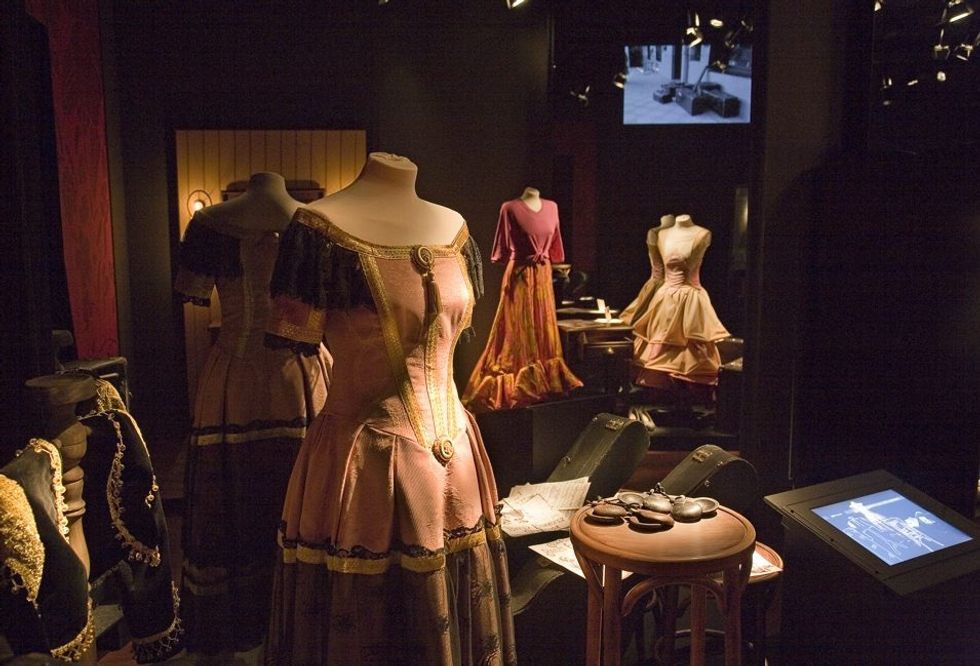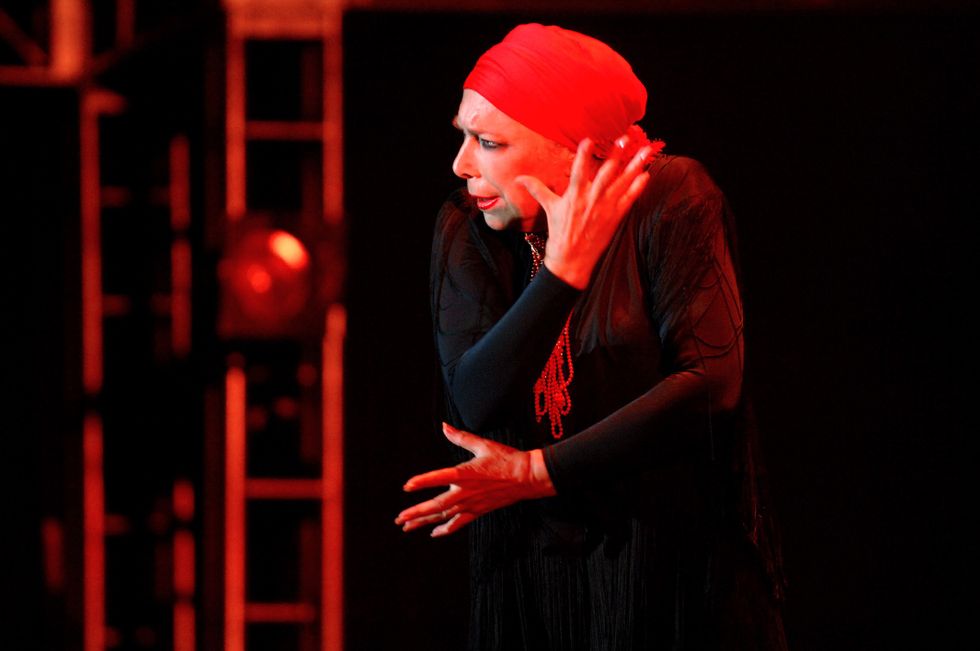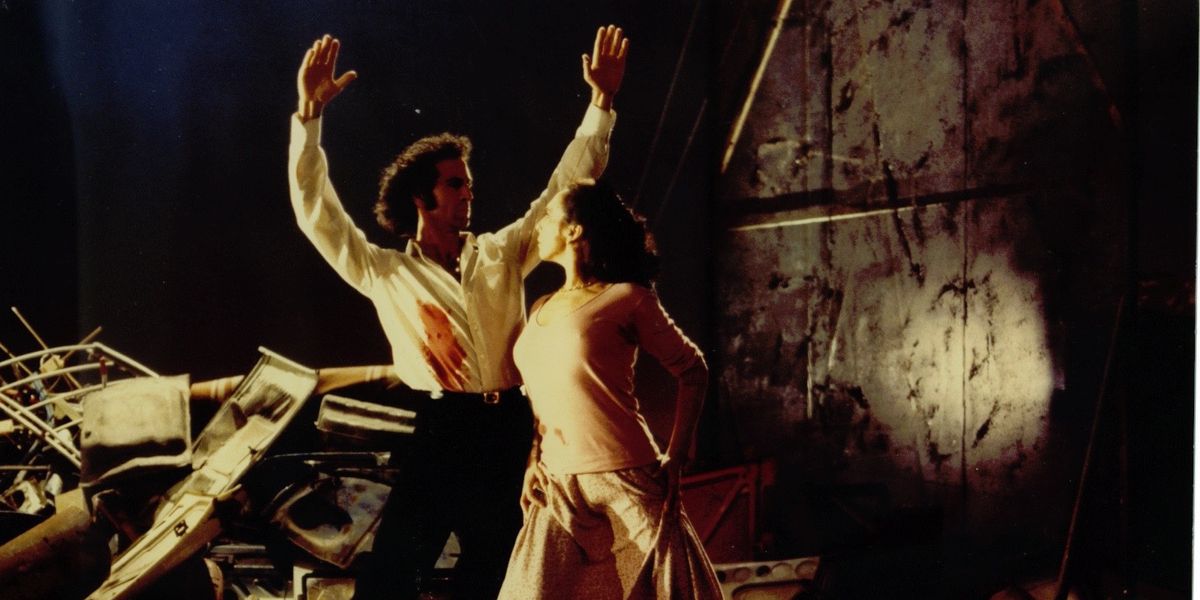Touring Seville's Flamenco Museum with Cristina Hoyos
Ballet master Antonio Castilla took me by the hand 18 years ago at the Prix de Lausanne to see the Carlos Saura film Blood Wedding (Bodas de Sangre). He insisted that mastering flamenco energy is a ballet essential. The late Cuban dance pedagogue Fernando Alonso made a similar observation as, seated in a corrida, we watched a flamenco dancer open for a bullfight! He cited the famous flamenco artist Antonia Mercé (“La Argentina”): “She could stand perfectly still and generate the most amazing energy!”
Those memories were on my mind as I entered Cristina Hoyos’s flamenco museum in Seville last month. Hoyos is a legendary flamenco dancer who performed opposite Antonio Gades in Saura’s famous trilogy: Blood Wedding, Carmen and El Amor Brujo.
The Museo del Baile Flamenco sits at the end of a cul-de-sac near a book museum, a dance club, a patch of cafés and an Andalusian cathedral. Wall-sized screens stream dance works. Text in several languages explains the origins of basic styles. Lit niches display costumes, including the simple white dress Hoyos wore in Blood Wedding. A ground-floor black box theater, like the artists it showcases, exudes that storied energy even when dark. A male dancer rehearses a solo in a glassed-in studio.
Hoyos, now in her 80s, says she wanted to show flamenco in a unique setting, where people could tour the museum and see a show. “Flamenco is Seville’s patrimony, but costly to maintain.” Audience visits defray the cost. “I give ensemble classes. We offer programs and talks based on the boutique’s books.”
As we chat, Hoyos emphasizes that flamenco dancers must be as musical as those accompanying them. “Early on, they distinguish good from bad music and whether the musician or singer brings sufficient force, feeling and clarity. A good ear is fundamental!”

Costumes on display at the Flamenco Museum
“Flamenco is a passionate art, danced with the heart and gut.” The public doesn’t need to know flamenco to be in touch with their emotions, she says. “If you don’t know how to dance, but know how to feel, you’ll appreciate flamenco.”
She sees a changing landscape for her beloved art form today. “Anarchic younger dancers go against the dignifying tradition of the great artists of my epoch,” she says. “Costumes pander, are not the fine ones we wore. Those things didn’t make me happy. Thrilling were artists who invited deep and serious expectations, elevated audiences to give focused attention. I see more speed nowadays, playing to the audience. In my time the woman was more feminine, more sensual, made more use of her body, especially the shoulders. They’re more restrained now, ‘equal’ to men, fusing other styles, other music. Often, with more confusion than fusion. What they do poorly will disappear. What’s important is that that the roots and sense of flamenco are always present.” About that there is no confusion.

Cristina Hoyos




